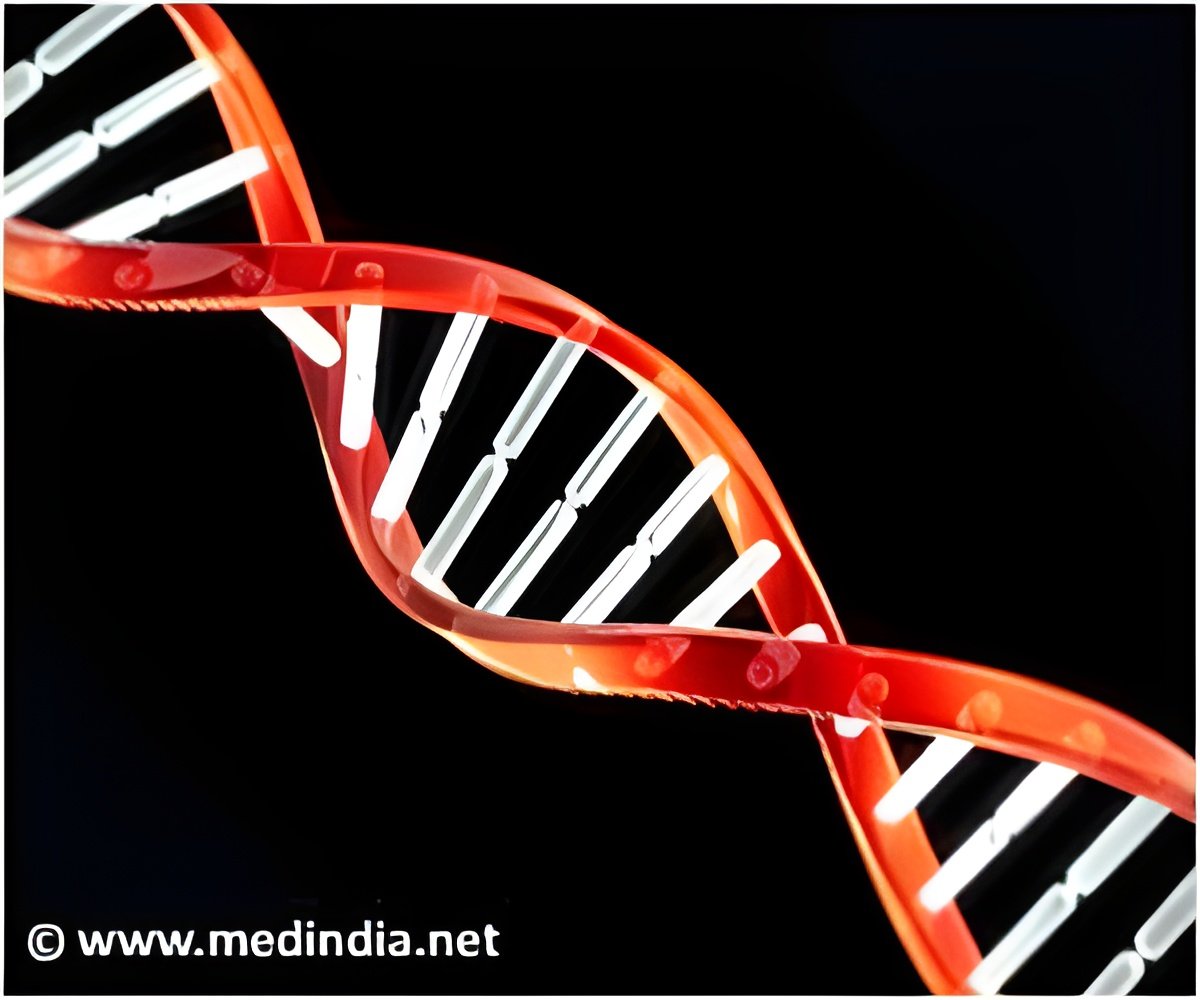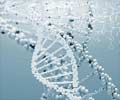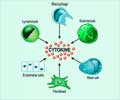
High and co-corresponding author Federico Mingozzi, Ph.D., formerly of Children's Hospital, published the team's study today in Science Translational Medicine.
High, a Howard Hughes Medical Institute Investigator, has led pioneering investigations of gene therapy at Children's Hospital for the inherited bleeding disorder hemophilia and other diseases.
Previously, in clinical trials, High used adeno-associated virus (AAV) as a vector—a delivery vehicle—to ferry a corrective DNA sequence to patients with a mutation causing hemophilia B, the second most common form of the disease. The delivered gene enables the patient to produce a needed blood-clotting factor.
AAV does not cause human disease, but because we are routinely exposed to this virus, 30 to 60 percent of people develop antibodies that neutralize AAV if it enters the circulation. To extend the potential benefits of gene therapy to a broader population, researchers have long sought ways to better manage this immune response. The decoy strategy could solve this challenge for any disease in which vectors must be delivered through the circulation.
The current study by High and colleagues relies on a capsid, the protein shell surrounding a virus. Following in vitro studies in human serum, the researchers injected empty AAV capsids along with gene therapy vectors into a mouse model. The anti-AAV neutralizing antibodies bound to the capsid decoys, allowing the DNA-carrying vectors to evade the antibodies and enter the targeted cells in the liver.
Advertisement
"Our results, which held up over a range of doses, suggest that in clinical studies, it will be feasible to adjust the ratio of empty capsids to gene vector doses, depending on an individual's pre-existing level of neutralizing antibodies," said High. "That means we could personalize gene therapy to make it more efficient for each patient."
Advertisement
Source-Eurekalert













